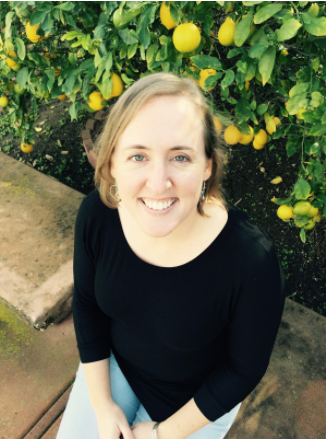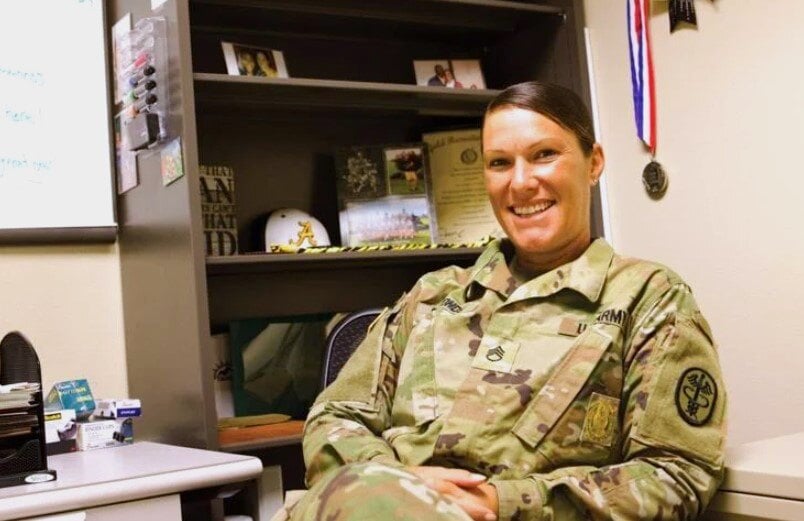All Star Athletic Trainer: Danielle Smith
As the Head Athletic Trainer at Maryknoll School, a private Catholic K-12 school in Honolulu, Hawaii, Danielle Smith definitely keeps busy providing AT services to students involved in over 20 sports and 100 teams competing in three leagues. She earned her Master of Science in 2013 from the University of Hawaii at Manoa and her Bachelor of Science in 2011 from San Diego Christian College.
Danielle has received many awards and recognitions throughout her career, including the Lindsey McLean Memorial Scholarship from the National Athletic Trainers’ Association in 2012, the Jerry Lloyd Memorial Scholarship from the Far West Athletic Trainers’ Association in 2012 and was both Valedictorian and Outstanding Kinesiology Student from San Diego Christian College in 2011.
Healthy Roster Director of Customer Success Rob Mottice is consistently impressed with Danielle’s strong use of the Healthy Roster platform:
“Danielle is the lead Athletic Trainer at Hawaii's Maryknoll School and has been one of our leading Athletic Trainers in terms of quality/quantity of entries. She has logged over 2,000 treatments and almost 400 injuries for her students. She has been quick to learn and master the latest features and was one of Healthy Roster's first "super-users.”
To hear from Danielle about her experiences in the athletic training field, check out her responses below:
Why did you become an Athletic Trainer?
I had a bad soccer injury when I was 11 years old that resulted in surgery, 6 months on crutches, and 1 year of physical therapy before I was allowed to run or jump again. While it was definitely a tough time, I remember there was a great sports medicine team of Physical Therapists and Doctors who helped me get back into playing soccer, a sport that I still participate in today. When I entered college, I knew I wanted to do something in Sports Medicine to help others with their injuries but wasn’t sure exactly what that would look like. I spent some time shadowing in a PT Clinic, a Doctor’s Office, and in the Athletic Training Room at my college. By the end of my Junior year, I knew I wanted to go to graduate school for Athletic Training.
Without sharing any PHI of course, what is your most memorable moment as an Athletic Trainer?
My first weekend at my first full-time job, I had to call EMS twice in a span of two hours for a couple pretty gnarly injuries—one of them being a tibial plateu fracture (see attachment for photo of X-ray).
What advice would you give others, either in the profession or considering becoming an Athletic Trainer?
For those considering becoming an Athletic Trainer, make sure you spend time shadowing someone in the field enough that you understand what you’re getting into before you commit. It’s a very rewarding job but it does come with some unique challenges. For those in the profession: when the going gets tough, remember that we grow stronger through the struggle. It’s not just muscles that grow stronger with resistance; don’t let your spirit atrophy.
What do you feel people outside of your profession should know about Athletic Trainers
Athletic Trainers are there to worry about the sports injuries so coaches & parents don’t have to. They are sports medicine professionals trained to respond quickly in emergency situations who also are skilled athletic injury prevention, evaluation, & rehabilitation. If your school doesn’t have an Athletic Trainer on-staff, ask your administration: “Why not?"
What is the key to being successful in Athletic Training?
Always remember that you’re treating a person, not just an injury.
![HR Logo [Recovered]_Full Color Vertical-1](https://blog.healthyroster.com/hs-fs/hubfs/HR%20Logo%20%5BRecovered%5D_Full%20Color%20Vertical-1.png?width=199&height=178&name=HR%20Logo%20%5BRecovered%5D_Full%20Color%20Vertical-1.png)



